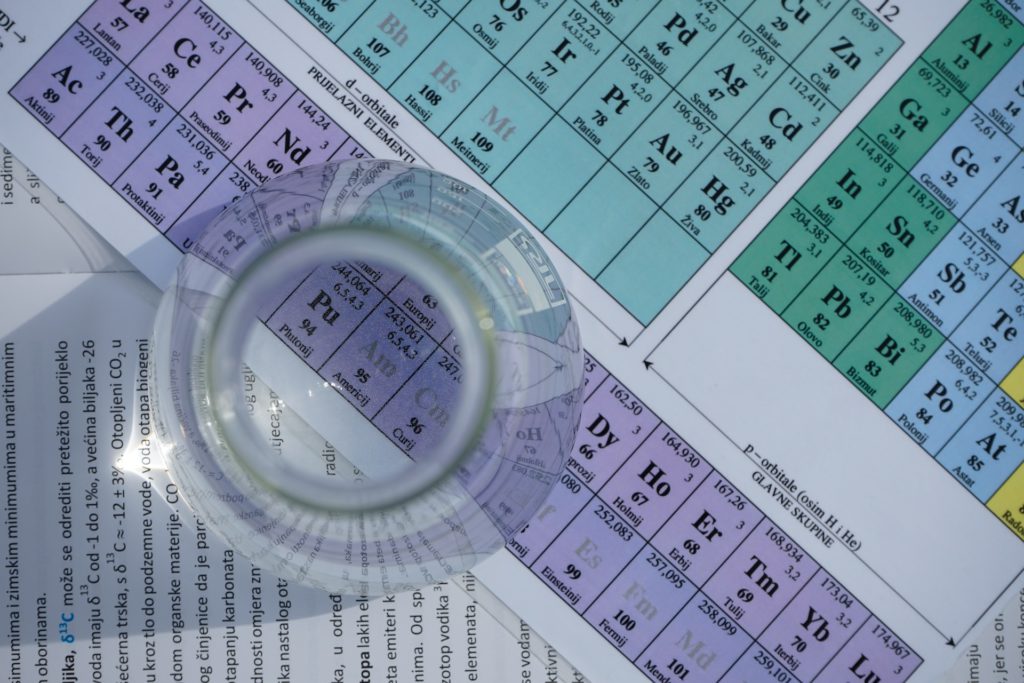Key Takeaways
- Fluid bed drying is a highly efficient method of drying various materials.
- It involves suspending the material in a fluidized state, allowing for rapid and uniform drying.
- Fluid bed dryers are commonly used in industries such as pharmaceuticals, food processing, and chemicals.
- They offer advantages such as reduced drying time, improved product quality, and energy efficiency.
- Proper maintenance and monitoring are essential for optimal performance and safety of fluid bed dryers.
Introduction
Fluid bed drying is a widely used technique in various industries for drying different types of materials. It offers numerous advantages over traditional drying methods, making it a preferred choice for many manufacturers. This article will explore the concept of fluid bed drying, its applications, benefits, and maintenance requirements.
The Science Behind Fluid Bed Drying
Fluid bed drying operates on the principle of fluidization, which involves suspending solid particles in a fluidized state. In this process, a gas or liquid is passed through a bed of solid particles, causing them to behave like a fluid. The fluidization creates a highly efficient heat and mass transfer environment, allowing for rapid and uniform drying of the material.
Applications of Fluid Bed Drying
Fluid bed drying finds extensive use in various industries due to its versatility and efficiency. Some common applications include:
1. Pharmaceutical Industry
In the pharmaceutical industry, fluid bed dryers are used for drying granules, powders, and pellets. This drying method ensures uniform drying and prevents the formation of lumps or agglomerates. It is crucial for maintaining the quality and stability of pharmaceutical products.
2. Food Processing
Fluid bed drying is employed in the food processing industry for drying fruits, vegetables, grains, and other food products. It helps in preserving the nutritional value, flavor, and texture of the food while removing excess moisture. This method is particularly useful for producing dehydrated fruits and vegetables.
3. Chemical Industry
The chemical industry utilizes fluid bed dryers for drying various chemicals, including fertilizers, pigments, and catalysts. The uniform drying achieved through fluid bed drying ensures consistent product quality and reduces the risk of chemical reactions or degradation.
Advantages of Fluid Bed Drying
Fluid bed drying offers several advantages over conventional drying methods:
1. Reduced Drying Time
Fluid bed drying allows for rapid and efficient drying due to the increased surface area and enhanced heat transfer. This results in shorter drying cycles and increased productivity for manufacturers.
2. Improved Product Quality
Fluid bed drying ensures uniform drying, preventing the formation of hot spots or uneven moisture distribution. This leads to improved product quality, consistency, and reduced risk of spoilage or degradation.
3. Energy Efficiency
Fluid bed dryers require less energy compared to other drying methods due to their efficient heat transfer mechanism. The fluidization process minimizes heat loss and maximizes energy utilization, resulting in cost savings for manufacturers.
4. Versatility
Fluid bed dryers can handle a wide range of materials, including powders, granules, crystals, and even heat-sensitive substances. This versatility makes them suitable for diverse industries and applications.
5. Easy Scale-up
Fluid bed drying can be easily scaled up or down to accommodate different production volumes. Manufacturers can adjust the size and capacity of the fluid bed dryer to meet their specific requirements without significant modifications.
Maintenance and Safety Considerations
Proper maintenance and monitoring are essential for ensuring the optimal performance and safety of fluid bed dryers. Some key considerations include:
1. Regular Cleaning
Fluid bed dryers should be cleaned regularly to remove any accumulated particles or residues. This helps maintain the efficiency of the drying process and prevents contamination of subsequent batches.
2. Inspection of Components
All components of the fluid bed dryer, including filters, fans, and heating elements, should be inspected periodically for wear and tear. Any damaged or malfunctioning parts should be replaced promptly to avoid operational issues.
3. Temperature and Pressure Monitoring
Monitoring the temperature and pressure inside the fluid bed dryer is crucial for safe and efficient operation. Regular checks and calibration of sensors and gauges should be performed to ensure accurate readings.
4. Training and Safety Protocols
Operators should receive proper training on the operation and maintenance of fluid bed dryers. They should also follow established safety protocols to prevent accidents or injuries during operation.
Conclusion
Fluid bed drying is a highly efficient and versatile method for drying various materials in industries such as pharmaceuticals, food processing, and chemicals. It offers advantages such as reduced drying time, improved product quality, and energy efficiency. However, proper maintenance and monitoring are crucial for optimal performance and safety. By understanding the science behind fluid bed drying and implementing appropriate maintenance practices, manufacturers can harness the benefits of this drying technique and enhance their production processes.

Adrian graduated with a Masters Degree (1st Class Honours) in Chemical Engineering from Chester University along with Harris. His master’s research aimed to develop a standardadised clean water oxygenation transfer procedure to test bubble diffusers that are currently used in the wastewater industry commercial market. He has also undergone placments in both US and China primarely focused within the R&D department and is an associate member of the Institute of Chemical Engineers (IChemE).


